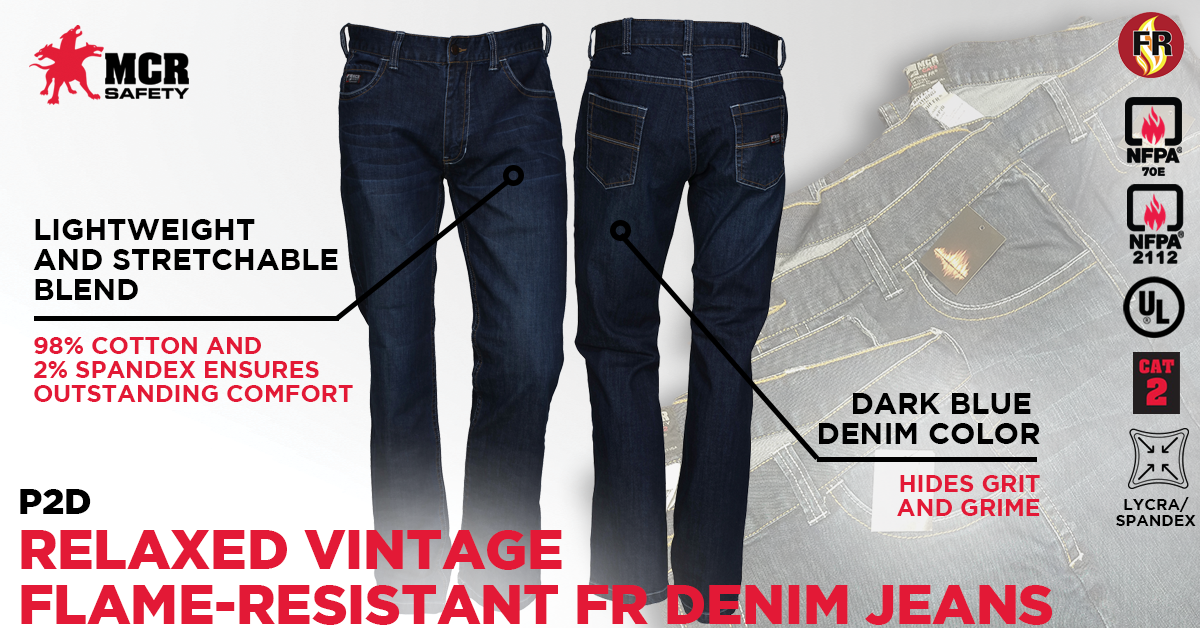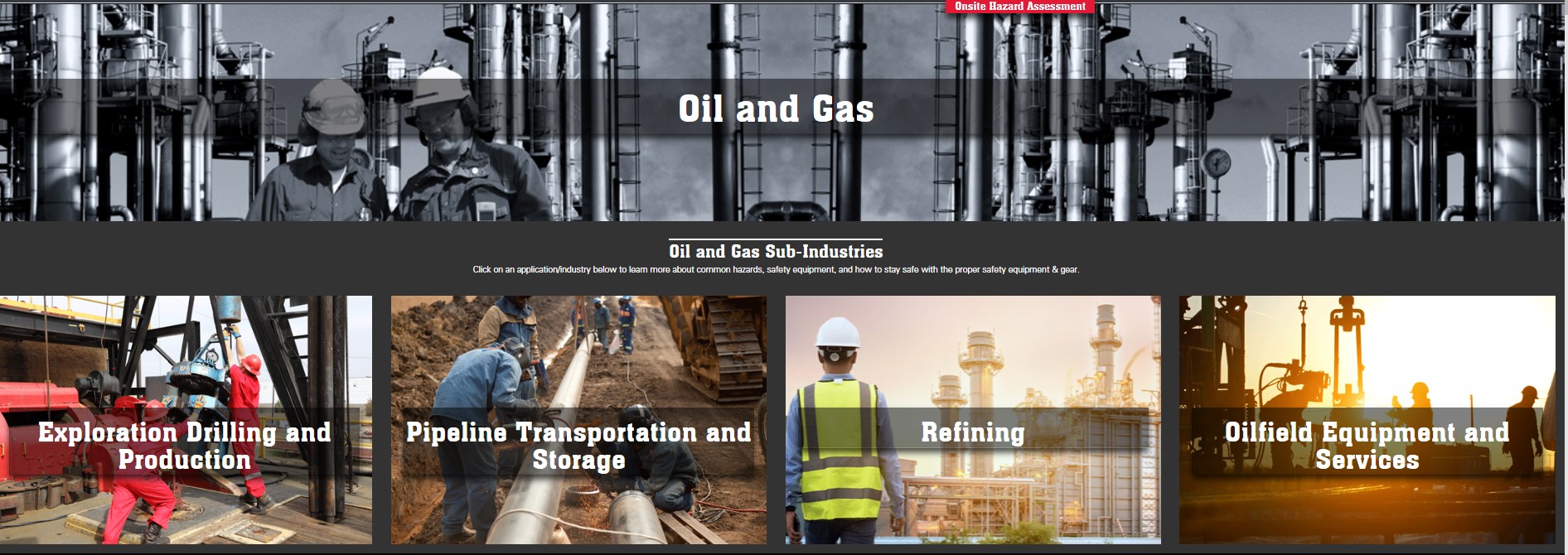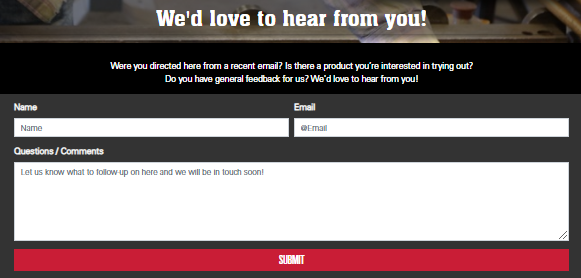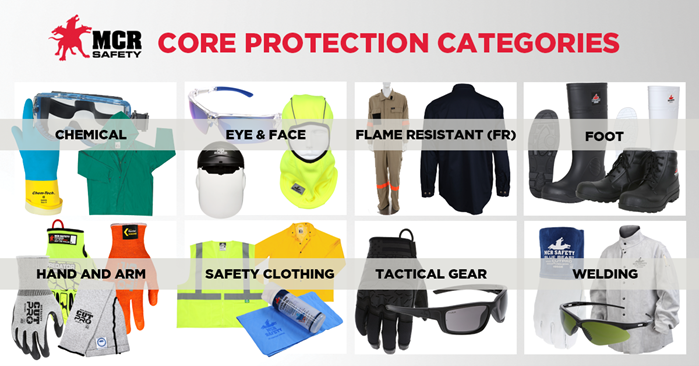25 Mar 03/25/2019
OIl Rig Explosions and Flame Resistant Clothing Dangers
- Fires and explosions are the 3rd most fatal work injuries within the oil and gas industry.
- 16% of all oil and gas fatalities result from exposure to fires and explosions, which cause devastating burns.
- Since 2003, there have been more than 1,500 fatal occupational injuries in the oil and gas extraction industries.
- In 2017 alone, 23 fatal occupational injuries were due to fire or explosions in construction or support activities for oil and gas extraction.
MCR Safety SBS1027 Triple-Vented FR shirt worn in a refinery
Below, we provide deep insight into everything you need to know about the flame-resistant PPE options offered by MCR Safety. We provide the opportunity to educate consumers about the differences in protection options, including distinguishing between products using “limited flammability technology” vs. proper “flame resistance fabric”. You can never overprepare when better understanding the protective products available, especially proper FR Clothing.
Oil Refinery Explosion
October 23rd, 2019, will mark the 30th anniversary of the plant disaster in Pasadena, Texas, where 23 people died after a series of explosions caused by an ethylene leak. Inadequate safety procedures and refinery maintenance cuts contributed to the explosions.
Flame Resistant Material
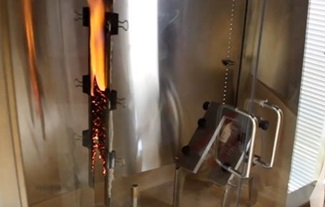
Video showing ASTM D-6413 Open Flame test
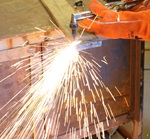
Limited-Flammability apparel was initially developed for welders and cutters.
The 5182's stretch PU material provides ultimate mobility and comfort.
What's the primary reason users love wearing our rider coats? The extended PVC/polyester in this rain gear keeps workers dry without wearing a full rain suit. We protect users by offering three styles: a standard, a flame-resistant, and a silver reflective design.
What is a flash fire hazard?
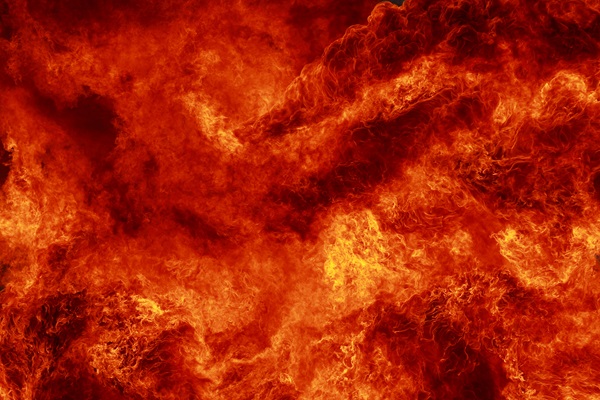
Plant explosions, like the Pasadena disaster, are not the fire incidents that affect workers daily. Flash fires are much more common and are the hazard that concerns oil and gas workers most due to the severe thermal injuries a worker’s body may sustain.
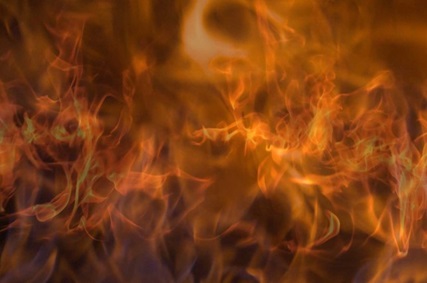
- Heat source that sparks fire
- Cylinder and fuel storage areas
- Equipment openings, such as valve changes
- Gauging
- Hot surfaces
- Hot work, such as welding or using spark-producing tools
- Inreased static electricity
- Maintenance operations
- Motor generator areas
- Operating a degasser
- Operating electrical tools
- Tank heating
- Using open flames
- Well servicing – cementing, fracturing, plugging abandoned wells, wireline operations, etc.
- Working with open flames
- Working around electrical systems
Flame Testing of Fire-Resistant Results
![]()
- ASTM F1930 manikin testing
- Colorfastness
- Flame-resistance
- Heat-resistance
- Label legibility
- Shrinkage
- Tensile strength
- Tear strength
- Thread melting
Burn Injury
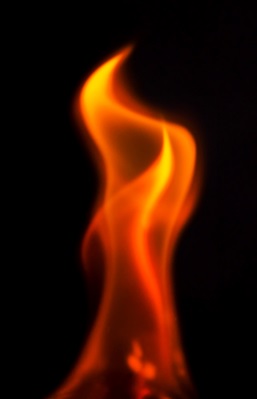
Burn injuries are described in terms of the percentage of the body’s surface area that is burned. When a body burn percentage is below 25%, there is a 90% chance of survival. If the body burn percentage reaches 50%, the odds of survival drop considerably but are still optimistic. A burn requirement of 50% of the test manikin or less is required for an FR garment to meet NFPA 2112.
The American Burn Association reports that the primary causes of burn injuries are fire-flame, scalds, contact with a hot object, and electrical and chemical burns. The graph below shows the chances of survival from a burn injury.

MCR Safety FR Clothing
MCR Safety is recognized for having one of the widest PPE selections for the oil and gas industry. As you can imagine, we have many FR Clothing options to choose from and continuously add new styles. Below are some of the newest additions to MCR Safety’s FR product line. Click on any image below to learn more.
Flame Resistant Clothing Outerwear Vest
At only 5.5 ounces, our Summit Breeze®️ FR Work Shirt is one of the industry’s lightest weight FR rip-stop shirts.
Spending all at a refinery can be tough on you and your safety gear. MCR Safety's lightweight F.R. coveralls weigh only 5.5 ounces and are triple-vented, so you'll stay cool and comfortable for the entire work shift.
Our lineup of FR hi-vis garments, which includes rainwear, coveralls, and safety vests, are designed to keep you visibly protected and dry. Big Jake 2 FR rainwear is tested to the stringent ASTM F2733 standard specification for flame-resistant rainwear.
The LST 6.5 oz is the lightweight shirt features a raglan sleeve design, which fits comfortably and allows for ease of movement.
The PD2 jeans, made with 98% cotton and 2% spandex, are stretchy and offer more flexibility at work!

Remember, we also manufacture flame-resistant gloves, like the MU3624GFR with a Nomex® back.
For a look at all of MCR Safety’s FR Clothing, click here. Other helpful resources:
Common Questions

What is a flame-resistant material used in PPE?
- Numerous FR materials are available, ranging from Nomex®, Westex®, and MCR Safety's Summit Breeze ripstop material. You can sort by material on our FR online catalog.
Is Kevlar material flame resistant?
- Kevlar® fiber is inherently flame-resistant and will not burn, support combustion, or melt, making it a smart choice for those who encounter both cut and heat on the job. However, while it is flame-resistant, it is not flame-proof and can still burn when under sustained exposure to fire. It's also important to recognize and evaluate the fiber thickness and combined material. Many of MCR Safety's Kevlar products are blended with other materials that may not be flame-resistant.
- The "zone of coagulation" is a term used in burn medicine to describe the primary area of a burn injury where the tissue sustains irreversible damage and the tissue is necrotic or dead.
Which type of burn injury requires skin grafting?
- Full-thickness or third-degree burns are the most severe types of burn injuries. They damage all first layers of the dermis and the second layers of the epidermis' underlying tissues and nerves, causing permanent loss of function and disfigurement.
Why are burns so painful compared to other injuries?
- All burns are excruciating due to the nature of the injury, as they cause damage to the nerves that transmit pain signals to the brain.
What can cause oil rig explosions?
- Rig explosions occur due to several reasons. Some examples include malfunctioning equipment, such as valves, that begin leaking and eventually lead to ignition. Improper maintenance is another example, as human error can easily lead to an explosion. Anywhere an ignition source occurs, such as open flames, electrical sparks, and hot surfaces, there is potential for an explosion. All of these reasons are why following safety procedures is a must.
What year was the bp oil rig explosion?
- The BP oil rig explosion occurred on April 20, 2010.
What is the flash fire hazard flash point?
- The flash point is a liquid's minimum temperature at which it can give off an ignitable mixture in the presence of an ignition source. For example, substances with low flash points, such as gasoline and propane, are highly flammable and quickly ignited. In contrast, liquids with high flash points, such as water, are not flammable.
FR Clothing for Oil and Gas
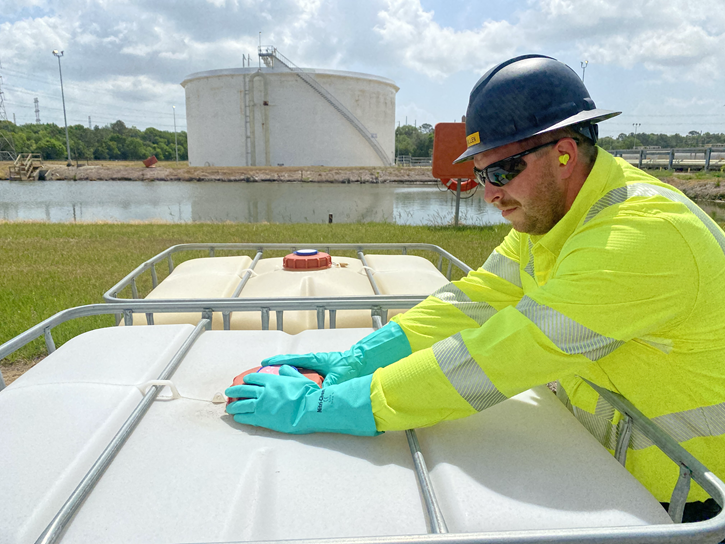
Click the image below to leave us comments, questions, or concerns.
For over 45 years, MCR Safety has proven to be a world leader in gloves, glasses, and garments. Whether it's working in refinery, assembling products with polyester PU gloves, or working at a construction site, we are there, providing solutions to workplace hazards. It's all part of our commitment to protect people.
No matter your industry, we have the personal protective equipment you need.
Click the above image to be taken directly to our PPE online catalog.
Learn more about MCR Safety by checking out our most recent video. For more information, browse our website, request a catalog, find a distributor, or give us a call at 800-955-6887.
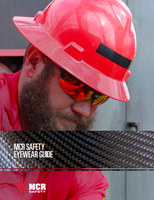
Eyewear Buying Guide
Each year, more than 2.5 million eye injuries occur. Protect yourself by finding the right eye protection for the job.
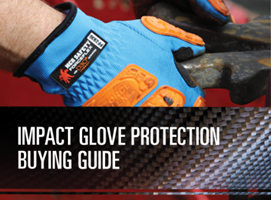
MCR Safety Impact Glove Protection Buying Guide
About the Author
Related Articles
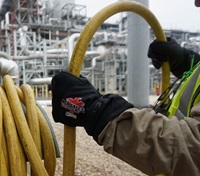
Top 10 Most Popular Oil and Gas Gloves, Glasses, and Garments
We work hard, so that you can tool. Learn about our top 10 Most Popular Oil and Gas Gloves...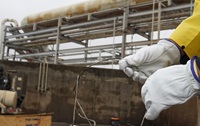
The Top Workplace Hazards for Oil and Gas Workers
If you work in the oil and gas industry, you know that the hazards you and your fellow workers...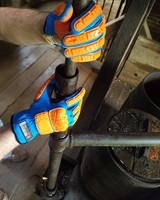
Who's Who in Oil and Gas: Jobs, Contractor Safety, and the PPE Required
Edwin Drake, the“Father of the Petroleum Industry” was the first person to drill a commercial oil...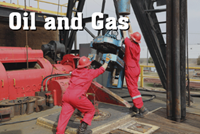
Upstream, Midstream, and Downstream: MCR Safety's Got You Covered When It Comes to PPE
No matter where you work in the oil and gas industry, whether in an upstream, midstream, or...Latest Articles





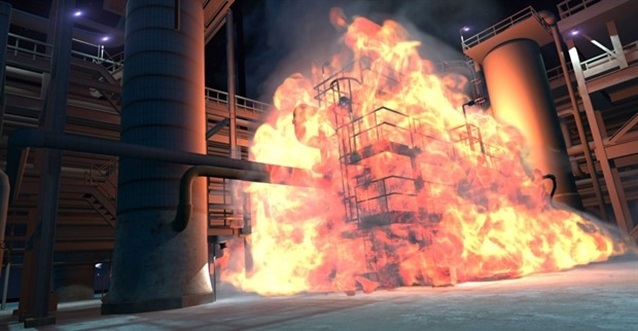


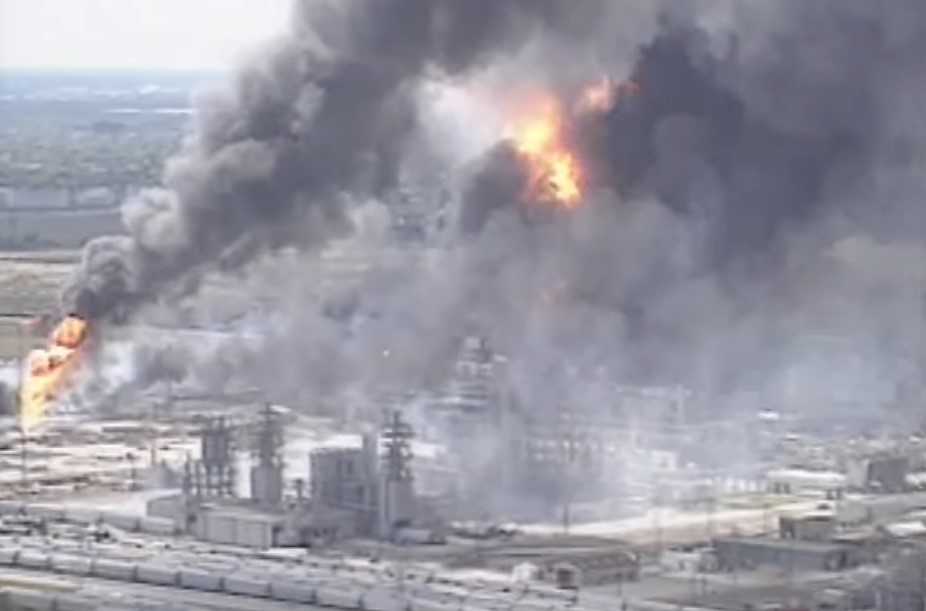
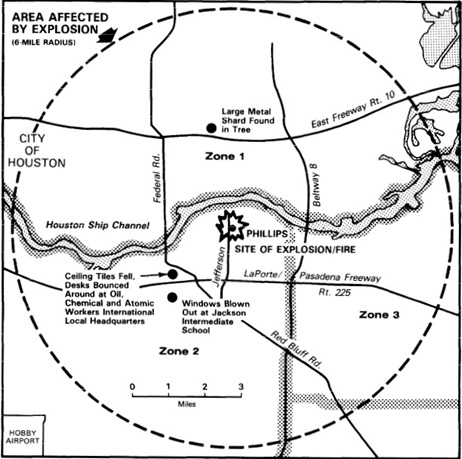
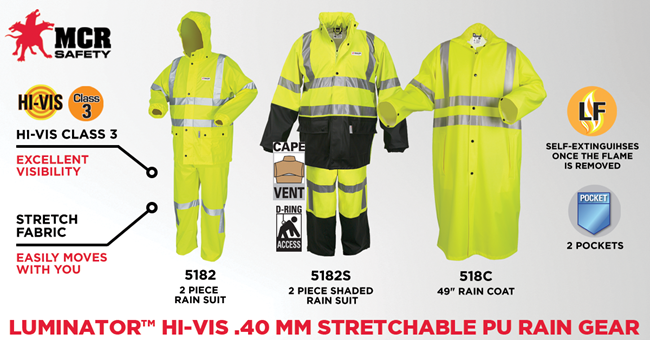
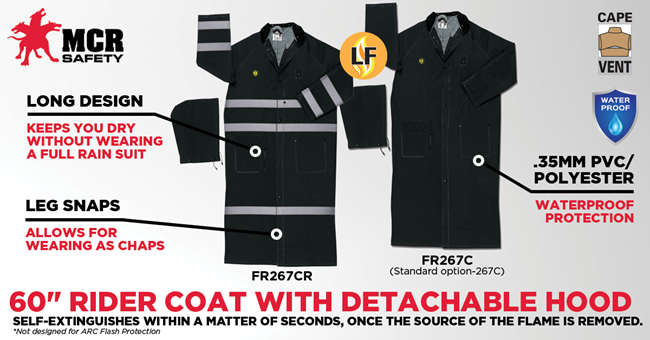
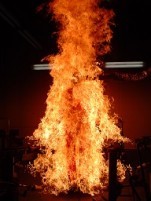
.png?h=397.333&w=746&hash=F6AC1036F4505217DF7CBB62C9473348)
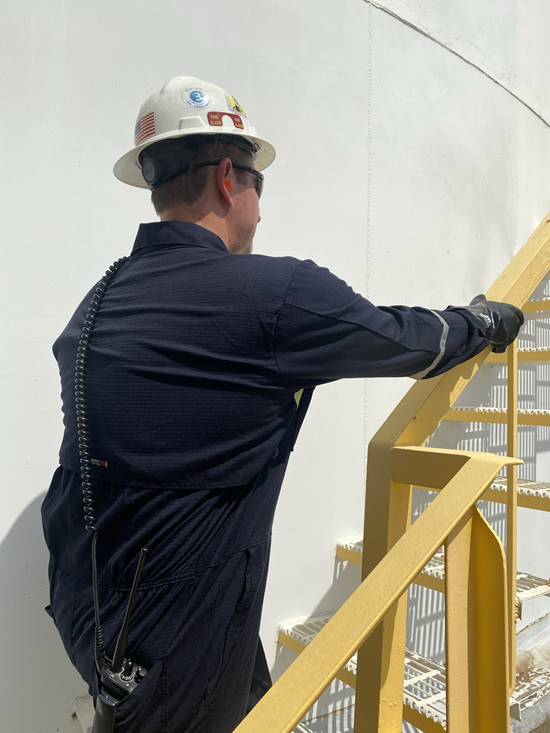
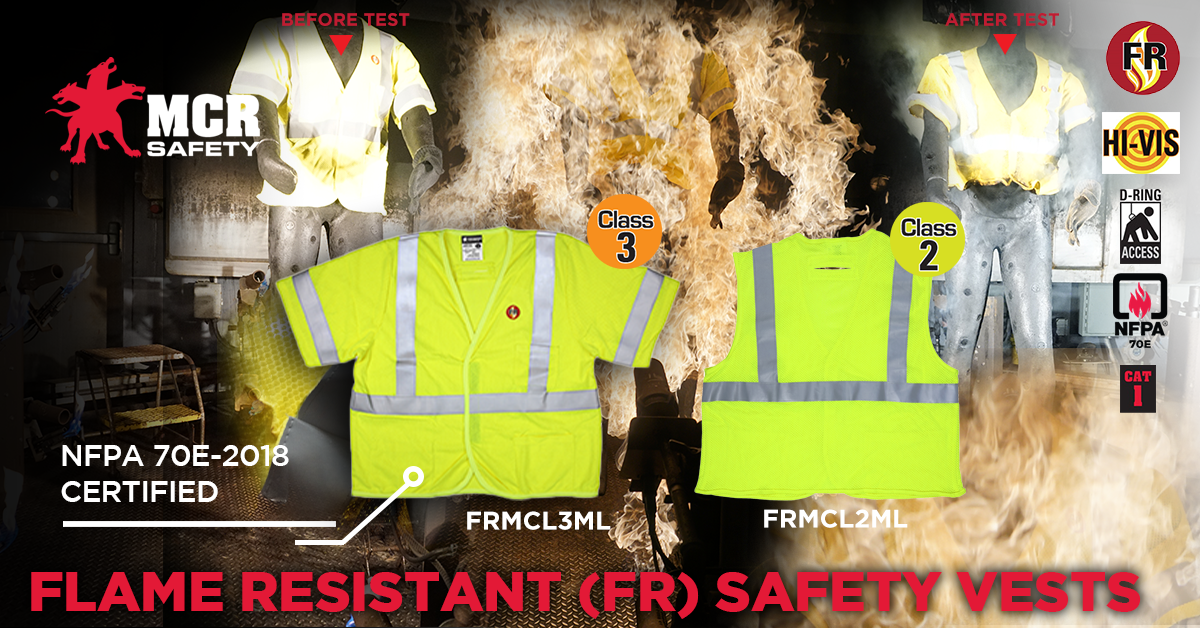


.png?h=441.667&w=833.333&hash=1C06052B843E4191B8D0D7E755275A02)
.png?h=458&w=795&hash=0A3FC908D7CC7988612314F2800D8D24)
